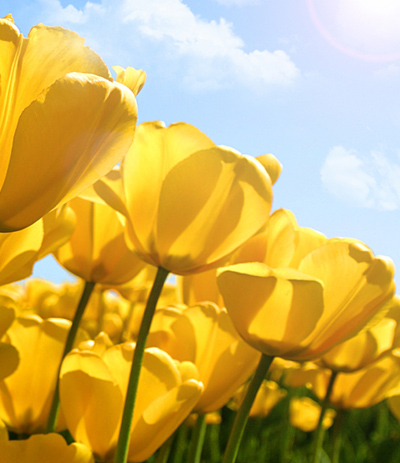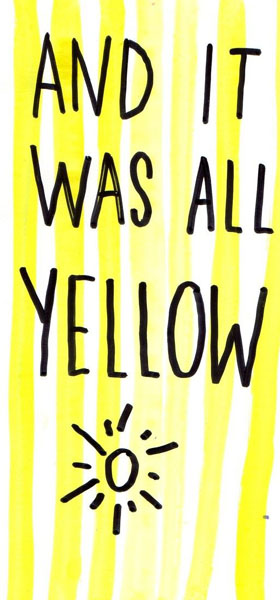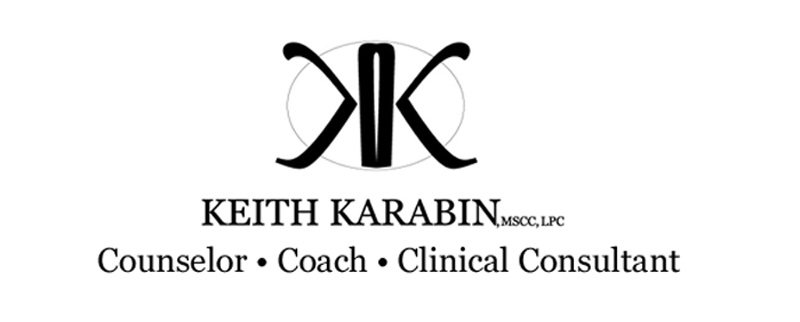Turning Yellow: 3 steps to lower post-social distance stress
Key: Managing the transition into the Yellow Phase of COVID-19 is a blend of self-acceptance, growth and adaptation.
Living it: Have a talk, make a plan and go forth! (gradually)
Clinical Concept: Adapting to the pressures of removed social distancing using Gradual Exposure and Narrative Therapy in a Post Traumatic Growth framework.

“Adjusting to this new normal doesn’t have to be all negative. Once we reenter society after the threat of COVID-19 subsides, we will be able to celebrate regaining some of our old coping strategies as well as the acquisition or discovery of new strengths along the way.”
– Lindsey Phillips, Counseling Today
The COVID-19 Pandemic may be coming under control; this is good news. Many states, like my own are adopting a “red, yellow, green” phased system of lowering economic shutdown and social distancing precautions. This is a good thing. By the end of next week Pennsylvania will go from “red” precautions to “yellow.” Offices and other businesses will reopen in a fashion and social distancing will be lifted. That should be, and is, a hopeful, positive sign.

But you’re not alone if after nearly three months of quarantine, the idea of relaxing systems of living that you may finally have adjusted to brings a flush of anxiety. Just like with the pandemic itself, we are all coping with these feelings together; me included. There are scientific reasons why the unknown “Yellow” life feels threatening. And with science, comes solutions.
Stress and coping expert Dr. Michelle Muratori told Counseling Today that “the COVID-19 pandemic exemplifies communal shared trauma – a traumatic event that affects an entire community directly, indirectly or vicariously.” As a life-long trauma counselor, I couldn’t agree more. We all felt the shock of the shut down in different ways, coped in different ways, but all shared the threat. It may have impacted some more than others, but that’s the way of trauma. The shock has faded over the last three months and we, as a society, have adapted. We established new routines after the old ones were shaken, and these routines brought about a sense of safety and regularity—which is crucial when recovering from a trauma. But American Counseling Association members were warned to prepare for a potential second wave of clients because “the reentry process is going to upset people’s routines all over again,” and that may lead to heightened anxiety, depression and a host of other stress-related issues (Phillips, 2020).

Why? Because it may seem like we will be facing that trauma again. Our lives will be changing again. It is normal to see the Yellow Phase as threatening, while also seeing the hope it brings. It is also normal when recovering from a trauma to think “oh, it’s happening again!” and feeling like we have no control; that the changes in our lives are in the hands of our Governor or the CDC.
But Yellow will not be the same for many reasons, foremost being that we are not the same. We have new skills and new strengths. Experts like Dr. Steve Taylor, of Leeds Beckett University in England, are already seeing it. “My feeling is that post-traumatic growth will be one of the aftereffects of the coronavirus epidemic,” he said in Scientific American, and that “in the midst of the suffering and challenge of our present predicament, we may develop a heightened sense of appreciation, more authentic relationships, and a new sense of resilience and confidence” as well as a host of other personal strengths. “In the United Kingdom, there are signs that this is happening already,” Dr. Taylor said (2020).
Understanding and harnessing our growth, not living in the prior trauma, is key to crafting a Yellow life that is safe, enjoyable, and sustainable. Using two other trauma counseling tools; Gradual Exposure and Narrative Therapy we can craft that Yellow life in just three steps.
Making a Mellow Yellow
“When this is all over, we may find that we are stronger and closer to each other than before.”
– Dr. Steven Taylor

Let’s picture our present selves. We’ve coped with drastic social, economic and personal changes. We’ve come together as communities, though distant. We’ve made signs and banners, painted rocks, drawn miles of chalk art and filled social media with our heart ache and our triumph. We’ve Zoomed like never before. “When a crisis occurs in a community,” Dr. Taylor said, “people often react by becoming more interconnected. They…feel a common sense of purpose, and a spirit of cooperation begins to replace normal competitiveness. In these situations, people developed communal coping strategies…”
Step Zero: Keep Coping – This is our foundation in Yellow Phase, both communally and personally. As we head into triggering territory, we will need each other more than ever because, over the last month, as routine set in, our collective anxiety decreased. That’s about to change. Remember in our first COVID-19 article, where we agreed to stop treating the quarantine like a giant snow day? Still true; it’s not over, it’s just changing. Keep painting rocks, keep up those gratitude lists, keep drawing on the sidewalks. Keep coping together.

Step One: Talk About It Now – Start the conversation with your loved ones, your bosses, your friends and neighbors. This is important because talking about it starts your brain to process it, which is the first step in adapting to any change. But do it with good data and with purpose. Your state’s website will have the Yellow guidelines to begin the conversation. Talk about it both emotionally and with an eye toward problem-solving. How would it feel to have a gathering at home again? To go to a store freely? What concerns do you have and how can you address them? Be sure to include the positive feelings, hopes and desires in the conversation. Then move into the post-traumatic growth section and talk about how you and your family have adapted and become stronger. What systems do you like? What daily routines do you find have helped make you a better person or family? What do you want to remember or take with you as you move to Yellow? This conversation can be the story of who you were before, who you became, and who you hope to be when this is all over.
Step Two: Make a Plan – Take the story of who you are and who you want to be after and put it on paper or in a phone as a plan. The plan will capture the hopes, concerns and how to fulfill the needs of both. It will outline how your family will stay safe as they move into the world, or welcome others in. The plan will also highlight your growth or growth practices so that they’re celebrated, harnessed and maintained going forward. Having a plan brings control back where it belongs. We are not in charge of when we go into or out of Yellow Phase (nor should we be) but we are in control of what our lives look like. Having a plan is the next step in exposure because, if the anxiety mounts, it becomes the guiding and grounding force to move through it successfully.
Step Three: Go Forth! (gradually) – The whole point is to get back into the world but doing it with a plan and at a speed that works for you. The beauty of the “red, yellow, green” phase system is that it is gradual already. We get to build on that with our plans, going at our own pace. Pick a time to try out your plan doing a short, fun activity. Get home and go over how it went, and felt, with your loved ones. Modify as needed then try again. Perhaps you pick one or two days a week, then increase from there. The key is to not stop. While social distancing started uncomfortably, it began to feel safe and comfortable more we developed routine. This mentality needs to be challenged and changed, but gently.
When the shutdown occurred most of us were not prepared and had to adapt afterward. Now, with Yellow, we are given the chance to talk about it, plan and go forth. Through it all, we’ve been growing as individuals, families and communities. As red moves to yellow, let’s celebrate who we’ve become and who we’re becoming so that as yellow moves to green we will find ourselves not just better people but in a better world.

Phillips, L. (2020) Coping with the (ongoing) stress of COVID-19. Counseling Today p. 26-31
Taylor, Steve (2020) The Coronavirus and Post-Traumatic Growth. Scientific American. Retrieved from: https://blogs.scientificamerican.com/observations/the-coronavirus-and-post-traumatic-growth/

 Previous Post
Previous Post Next Post
Next Post